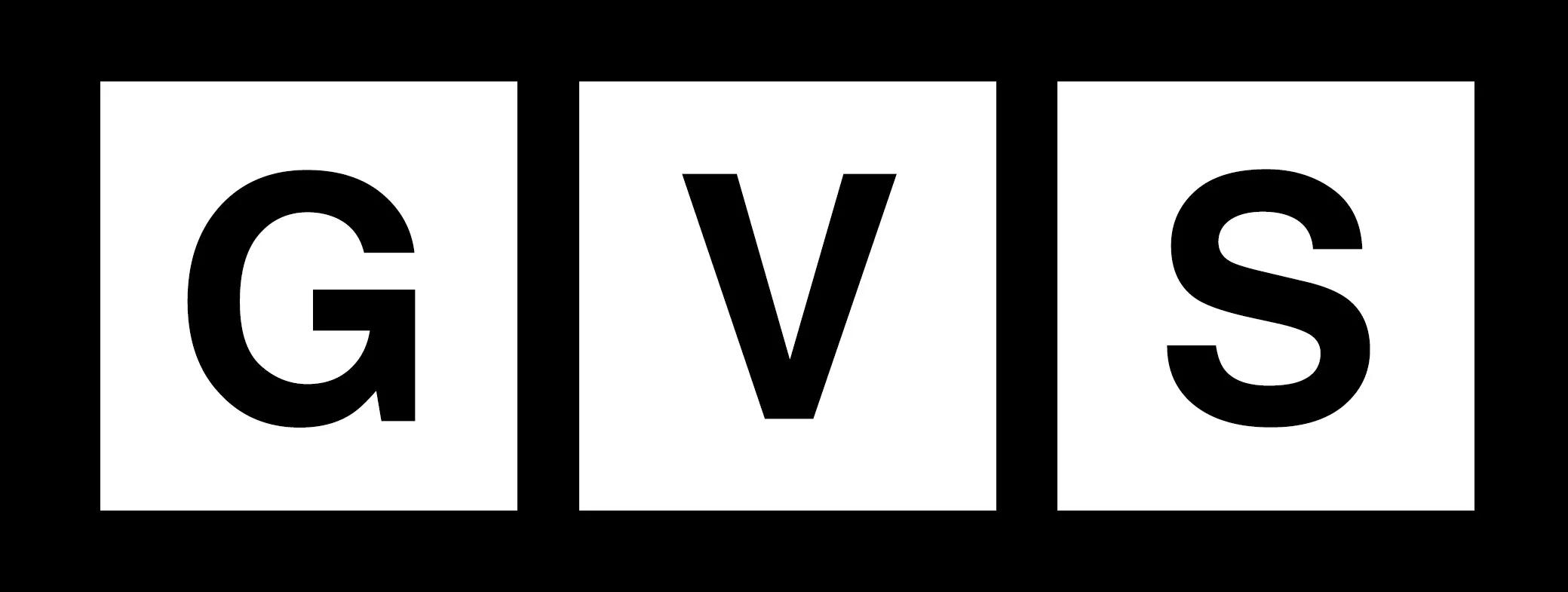In the lead-up to a pivotal address by Opposition Leader Peter Dutton regarding his ambitious nuclear energy plans, Energy Minister Chris Bowen has taken a bold stance, critiquing the Liberal-National Coalition’s energy policies. In an opinion piece published just two days before Dutton’s scheduled speech to the Committee for Economic Development of Australia, Bowen raises alarms about a potential 49 percent shortfall in electricity supply by 2035 if the Coalition’s proposals are enacted.
Bowen’s concerns stem from what he describes as a precarious balancing act within Australia’s electricity grid—a system that relies on meticulous expert decision-making and long-term strategic planning. He argues that the Coalition’s approach, which includes defunding essential transmission infrastructure and halting investments in renewable energy, could destabilize the grid. This, he warns, would leave Australians vulnerable to frequent power shortages, a scenario that could have dire implications for households and businesses alike.
“The Australian Energy Market Operator (AEMO) sets strict reliability standards for generators and networks,” Bowen notes. “Even a minor predicted gap of 0.002 percent between supply and demand raises significant concerns about potential breaches.” While Australia has not yet experienced actual breaches, Bowen points out that climate skeptics have seized upon these warnings to undermine the government’s transition to renewable energy.
Dutton’s upcoming address, titled “A Nuclear-Powered Australia—Could It Work?” is set for September 23, and he has been vocal about his vision for nuclear energy. His proposal includes constructing seven nuclear plants on the sites of existing coal facilities, featuring two small modular reactors and five traditional large-scale plants, with the first expected to be operational by 2037. Dutton asserts that these plants could generate approximately 11 gigawatts of power, a significant boost to the national grid.
“No other country in the world can keep the lights on 24/7 with a renewables-only policy,” Dutton argues, emphasizing the need for a reliable baseload power source to ensure that critical services like hospitals and cold storage facilities remain operational around the clock.
However, Bowen counters that while nuclear energy is often touted as a solution, it is not a panacea for Australia’s immediate energy needs. He points out that nuclear power would not contribute to the grid until well after three parliamentary terms, and even then, it would only fulfill about 4 percent of Australia’s energy requirements by 2050. In stark contrast, Bowen highlights the government’s current strategy, which aims to bring online 25 gigawatts of small-scale renewables and 60 gigawatts of large-scale renewables by 2035. This approach, he argues, is essential for meeting the growing electricity demand and ensuring a stable and sustainable energy future for Australia.
The debate over Australia’s energy future is not just a matter of policy; it’s a conversation about the kind of country Australians want to live in. As the nation grapples with the dual challenges of climate change and energy security, the choices made today will resonate for generations to come. With Bowen advocating for a robust renewable energy strategy and Dutton pushing for a nuclear renaissance, the stage is set for a critical discussion on how best to power Australia in the years ahead.
As the dialogue unfolds, it’s crucial for citizens to engage with these issues, understanding the implications of each energy source not just for the economy, but for the environment and the very fabric of Australian society. The stakes are high, and the decisions made in the coming months will shape the energy landscape for decades to come.
